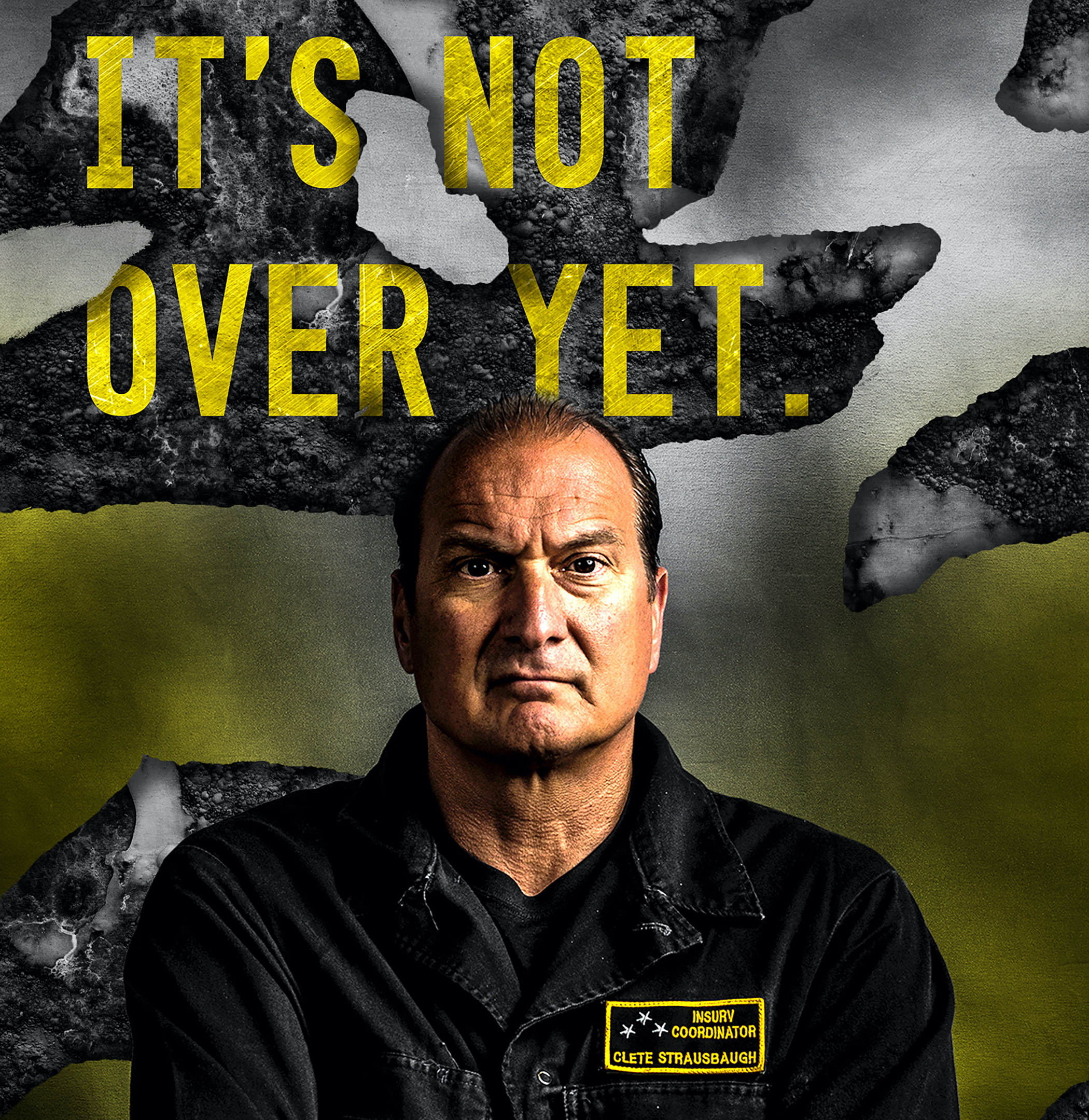
A long-standing independent report on the health of the U.S. Navy is set to end this year unless Congress acts, USNI News has learned.
The Board of Inspection and Survey (INSURV), founded under Battle of Mobile winner Adm. David Farragut in 1868 and cemented into law by Congress in 1882, is in charge of assessing ship readiness. The inspection body this month released its latest report, which could be the last one under current law.
While INSURV has existed for 139 years for the purpose of examining the service’s ships, Congress included a provision in the Fiscal Year 2019 National Defense Authorization Act stipulating that a report would no longer be required after Oct. 1, 2021 – meaning last week’s assessment could be the last.
The reports have long been a headache for the Navy because they often paint an unfavorable picture of the fleet’s readiness. The assessment for FY 2020 – unveiled last week – found that ship readiness decreased in the last three years. A string of negative INSURV reports prompted the Navy to classify the assessments in 2008, but the service later began producing unclassified versions of the reports.
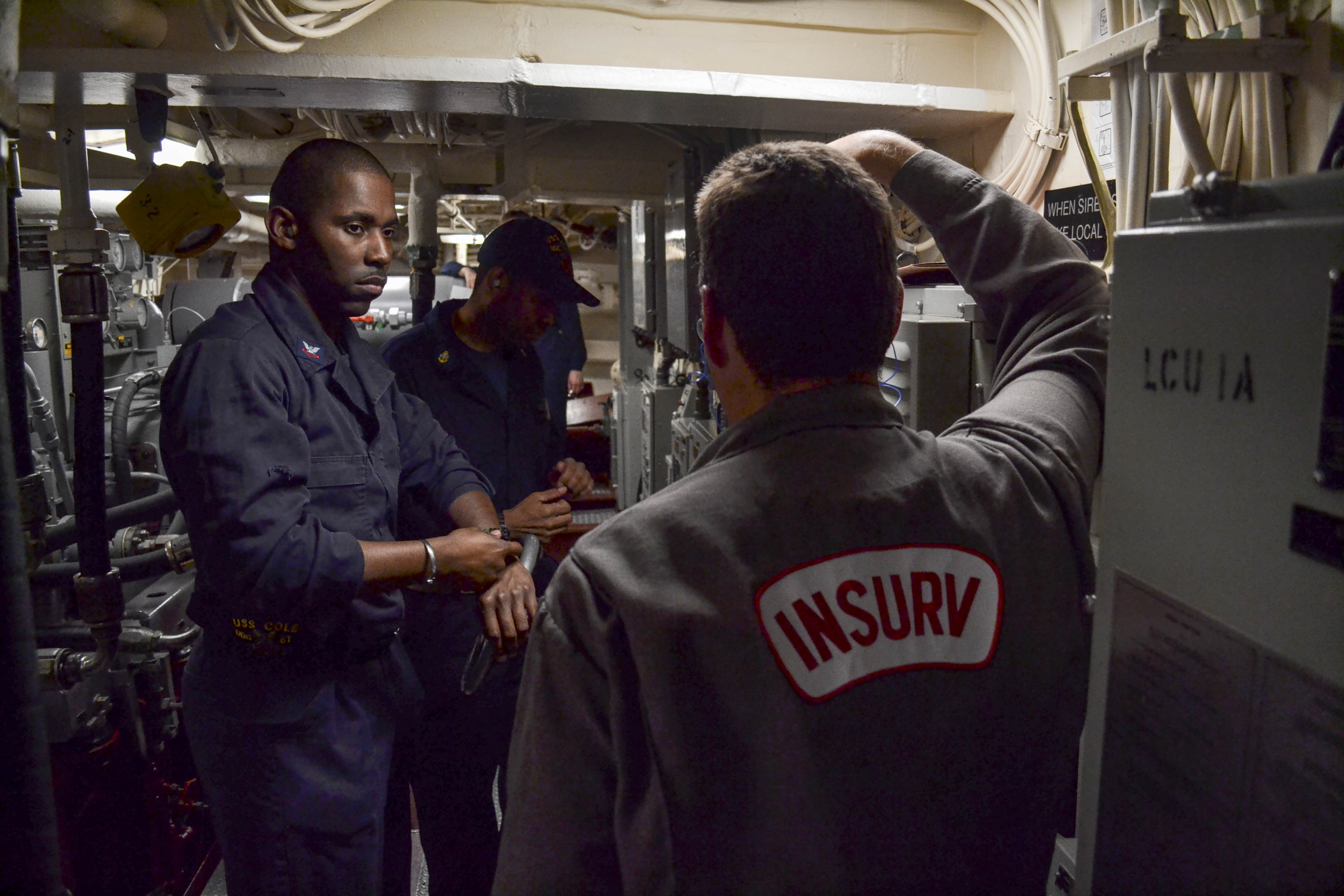
“That report made its way through various offices and in some cases, in most cases for the surface fleet, the reports were not very flattering because those ships were run hard,” retired Rear Adm. Sam Perez, who led the Board of Inspection and Survey from 2015 to 2016, told USNI News. “And sailors didn’t have the assets and the resources to fix their ships.”
But Perez argues the reports are vital to understanding the Navy’s fleet readiness and monitoring trends across time. Without INSURV, he noted there is no independent report assessing ship readiness.
“That report – across all the figures of merit, supply, engineering, combat systems, all of those things – you could track which ones were doing well, which ones were doing better, and you track trends. So I think it was a phenomenally useful tool,” Perez said.
“Now, as a ship captain, did I look forward to conducting an INSURV? Absolutely not,” he continued. “But as a fleet manager, and someone who’s looking at how to prioritize money for the maintenance of the fleet, I think that INSURV tool was phenomenally beneficial.”
Lawmakers cited two reasons the INSURV report sundown provision made its way into the policy bill: an effort to reduce the number of reports that are conducted in perpetuity, and concern from the Navy that the evaluations exposed information to U.S. adversaries.
But several lawmakers on the House Armed Services Committee recently told USNI News they believe the report is crucial and that the panel should work to reverse the provision ending its requirement.
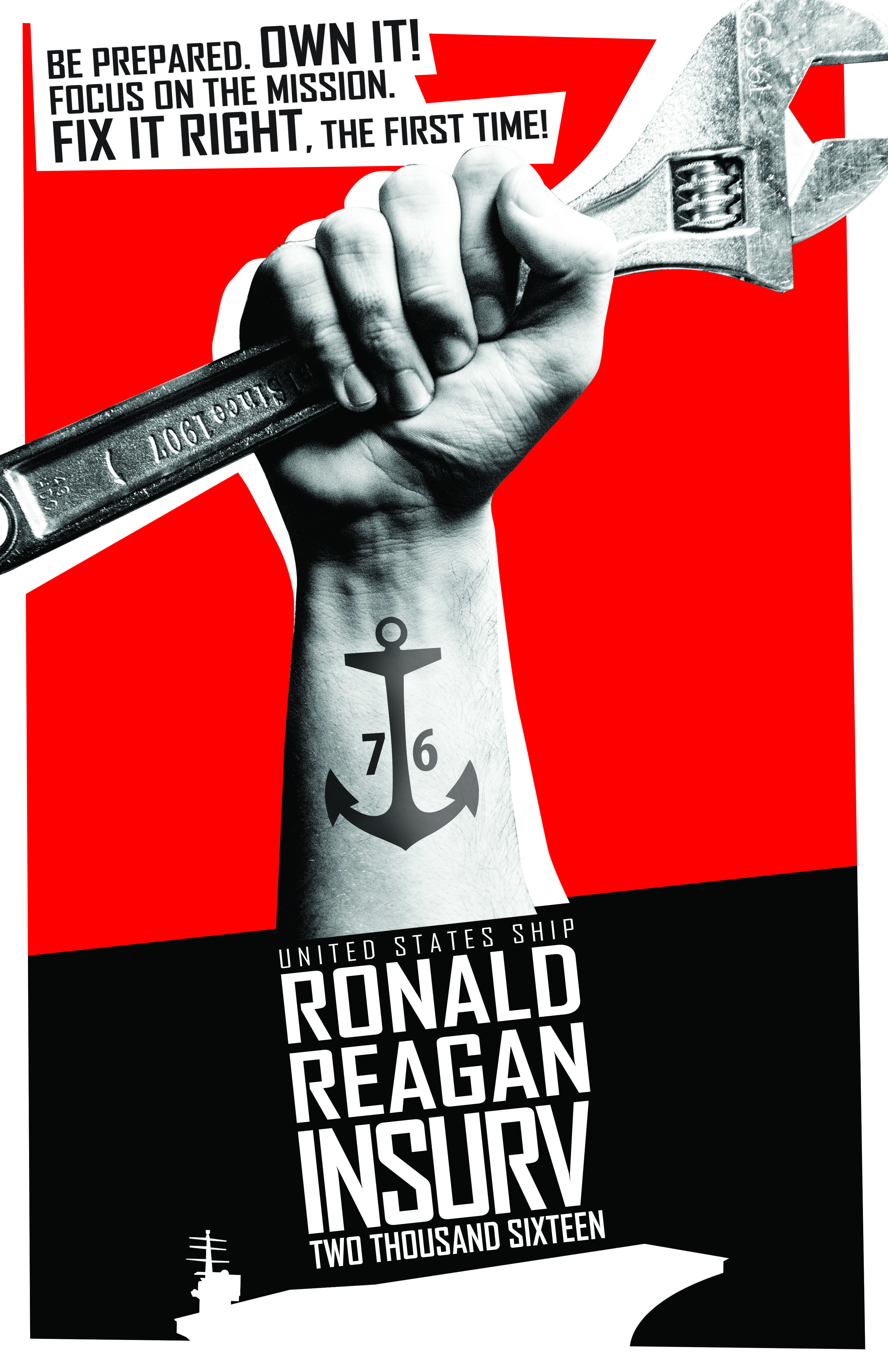
Rep. John Garamendi (D-Calif.), who chairs the House Armed Services readiness subcommittee, said he plans to include language in the Fiscal Year 2022 defense policy bill that would reinstate a mandate for the report.
“The inspection program is absolutely essential. And it will be back in the new NDAA. The program will continue,” Garamendi told USNI News.
The California congressman said he would like to continue the recent practice of performing surprise inspections, keep a portion of the report unclassified for the public and have the reports continue in perpetuity rather than having a sunset provision.
“There’s a question about whether it should be classified or not,” Garamendi said. “We’ll have to wrestle with that one, but my initial attitude is that when we reauthorize the program, that it’ll be both classified and public.”
“I’m very confident that it will continue, that the inspection process will continue,” he added.
Rep. Elaine Luria (D-Va.), a former Navy nuclear-qualified surface warfare officer whose district includes portions of Norfolk, Va., said the INSURV reports are “critical” to lawmakers’ work and should remain unclassified for the public.
“I think that the transparency is really important, and I also think that the report should not be classified,” Luria told USNI News. “I think that the taxpayers need to understand how the Navy’s being maintained, how their tax dollars are being used and what the readiness of our Navy is for our national defense.”
Luria also said the board should perform the surveys without notice, so inspectors can get an accurate view of the ship’s readiness.
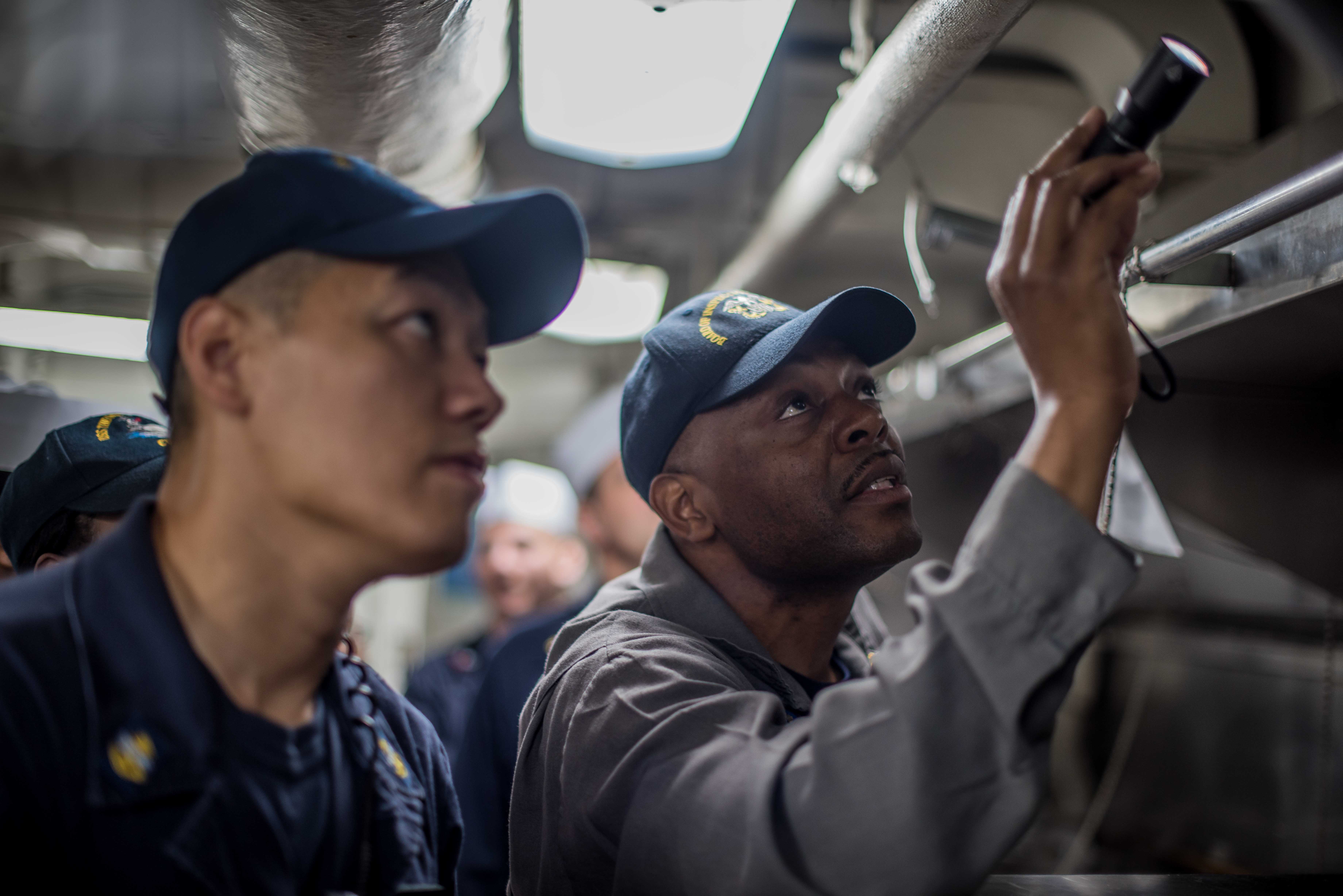
“Having lived through this process, I think that when ships know their INSURV date years out, that gives them a lot of time that might not be a true snapshot of their readiness because they’ve solely focused on the upcoming inspection and you might get sort of inflated results because there’s been so much effort put into making sure that they do well on the inspection,” Luria said. “Yet what we really want is like a snapshot: if you’re going to walk on the ship today, where are we?”
Rep. Rob Wittman (R-Va.), the ranking member of the House Armed Services seapower and projection forces subcommittee, said the INSURV reports are important both so Congress can understand what the Navy needs and so the service can tackles issues like its aging shipyards.
“I think the new construction aspect to INSURV is absolutely a must. I mean, you’ve got to know the material condition of a ship once it comes out of the yard and is ready to go on a deployment,” Wittman told USNI News. “And you have to know throughout its lifespan, what’s the material condition of that ship.”
While Wittman conceded the report has not been popular with the Navy over the years, he said the evaluations are important so the service can understand how to perform a maintenance availability.
“I just think discontinuing the INSURV would lead to, eventually over time, a systemic degradation I think fleet wide on material conditions of the ships,” Wittman said.
Because the law says a report is no longer required after Oct. 1 of this calendar year, Wittman said the committee may need to consider a stand-alone bill instead of the usual practice of including all legislation as a provision in the annual defense policy bill. He said HASC should consider a hearing so it can receive testimony from the Navy about INSURV and argued that, despite concerns over disclosing vulnerabilities to U.S. adversaries, there should be a public version of the report.
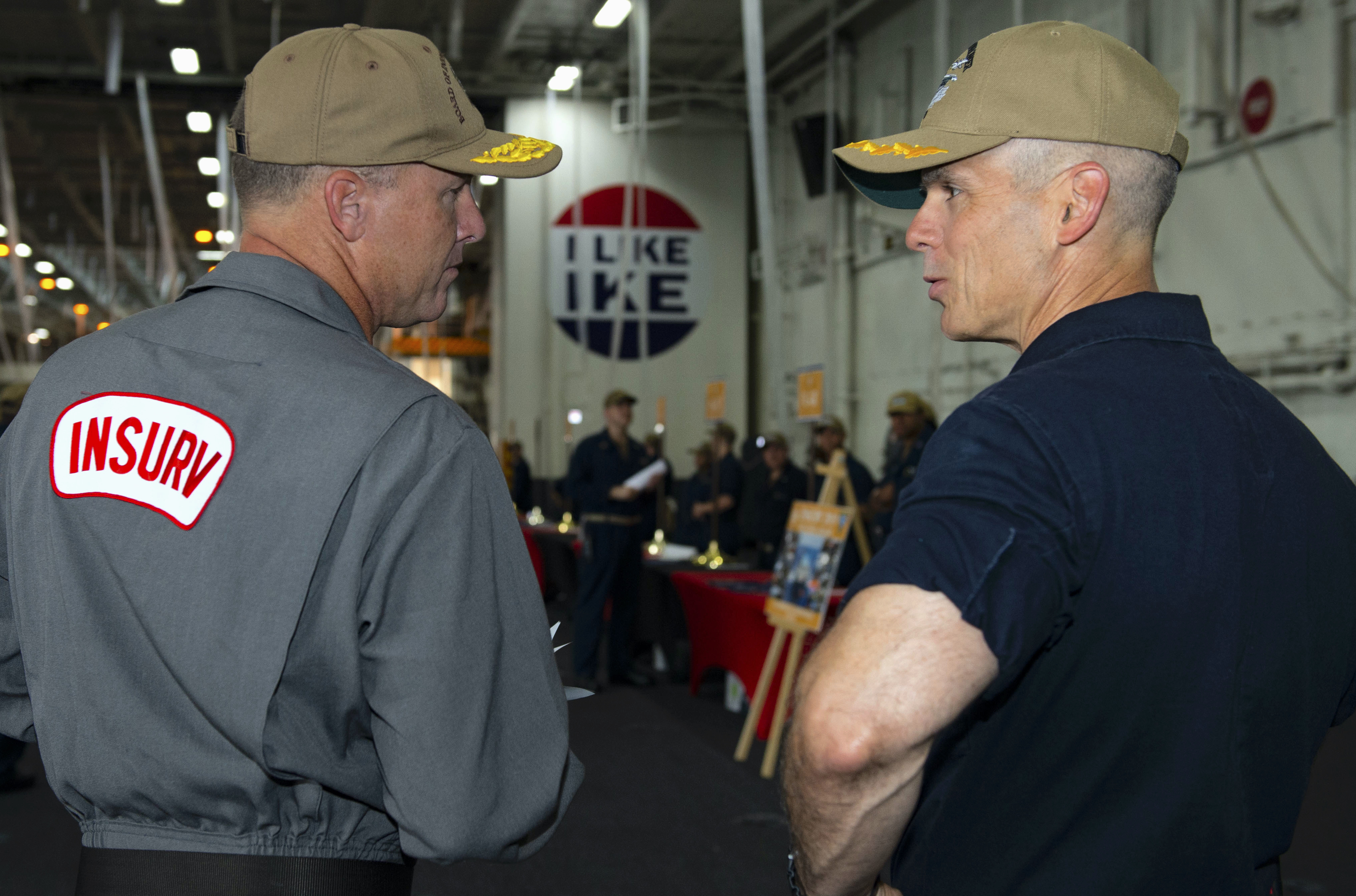
“I know the Navy has kind of waxed and waned on its excitement about INSURVs. I think they look at it and say, ‘well, it is divulging where our inadequacies are, and we don’t want our adversaries to know that.’ I understand that,” Wittman said. “But it’s also critically important if they want Congress to be a partner with them in saying, ‘here are the places that we need to devote, whether it’s authorization to get things done or appropriations.’ I think that those things are critically important.”
With flattening defense spending on the horizon and a ship maintenance backlog, the Navy will have to continue balancing building a larger fleet while sustaining the ships already in service. Chief of Naval Operations Adm. Mike Gilday has previously emphasized a need for the service to sustain its ships rather than putting all of its funding toward buying more platforms.
Despite the Navy’s difficult history with the INSURV reports, Perez said the service could use them as a way to advocate for funding from Congress.
“That report – when INSURV compiled that report for the year – it was a comprehensive look, unbiased, unfiltered, and that report went through and gave people a metric that you could use to find out number one, how well your ships were being maintained by sailors and by the maintenance facilities,” Perez said.
“And absent that report to Congress, there are no independent eyes that are going to look at that, that don’t have a vested interest one way or the other on the results,” he added.





